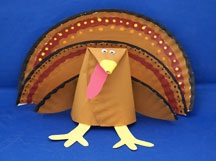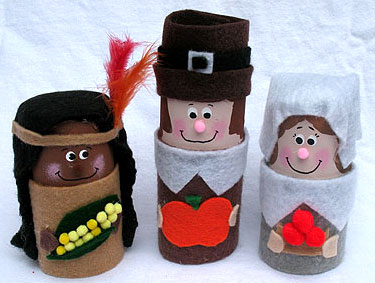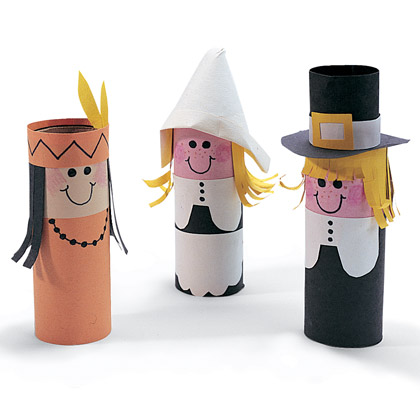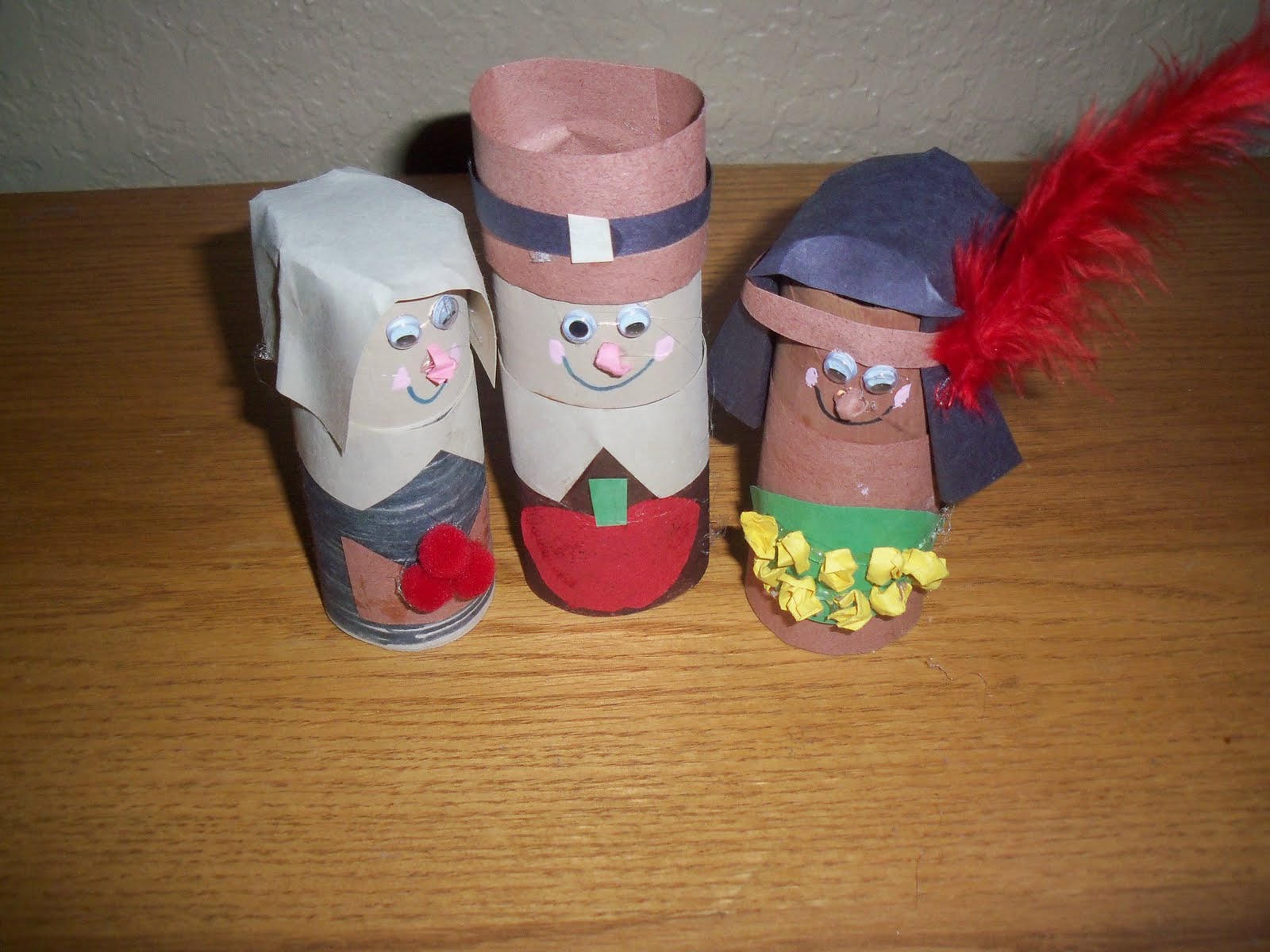In order to understand abstract concepts, your child has to abstract the ideas from their physical surroundings and from the objects that are significant to them. After listening to her mom read The Giving Tree, for example, 4-year-old Rose said, “This book is about selfish.” She was able to extend the theme from the story to her world.
Â
All significant learning involves abstract thinking. Young children can and should abstract concepts from their world. By having meaningful play and learning interactions, finding new ways to represent objects and experiences, and generalizing those experiences, your child learns to think abstractly. This skill allows him to build theories about his world.
Â
Abstract Thinking and Numbers
The development of abstract thinking goes hand in hand with your child’s developing math skills. Over time, children develop increasingly abstract ideas about numbers and counting. Almost from the day they are born, babies are sensitive to quantities. By 8 to 12 months of age, they can tell which of two very small collections is greater than the other. They are beginning the long process of learning complex ideas about numbers and counting.
Â
A significant development occurs at about age 2, when children can engage in symbolic, or pretend, play: They begin to incorporate ideas and relationships in their play and to mentally represent quantities. For example, Sammy might say, “I’ll be the daddy, you be the sister, and this rock will be the dog.” While playing this way, he might set out two plates: one for himself (the daddy) and one for his friend (the sister). He might then grab two spoons — automatically, without counting — and place one on each plate. Sammy is abstracting ideas about numbers by playing with concrete objects.
Â
Developing an understanding of number words is important, too. These words help children to be consciously aware of the concept of numbers and to recognize that it is possible to classify collections. For example, 3-year-old Hannah was sitting with her dog when another dog came toward them to visit. She said to her mom, “Two doggy!” and asked her mother to give her two treats. She then gave one treat to each dog. This is an important abstraction, because the very idea of two is an abstract concept. Hannah was able to use the word two to represent the number of dogs she saw.
Â
Your child builds on these early math ideas by learning to count. Together, the development of number words and counting skills allow children to build abstract number comparisons, as well. For example, after age 3½, most children can accurately compare the amounts in two collections of dissimilar objects, such as a pile of blocks and one of chips. They can also accurately compare collections that they can’t see, such as a group of marbles and a sequence of drumbeats. Between 4 and 4½ years of age, children can compare collections that are each made up of a mixture of different objects. This shows that they see numeration as an increasingly abstract idea that doesn’t depend on the size or nature of the objects counted.
Â
Your child develops abstract ideas about counting through writing, too. Preschoolers understand that written marks on paper can convey information about quantity. For example, 3 and 4 year olds can make tally marks on paper to show how many items they count.
Â
Understanding Shapes
Â
For children, understanding the concept of “shape” is another way to make sense of the world, and it is another step in gaining abstract-thinking skills. This understanding involves making generalizations about everyday surroundings. Young children can learn about shapes more deeply than we realize. At first, they learn about shapes as “wholes”; for example, recognizing that something is a rectangle because “it looks like a door.” When your child can separate the shape from the background, consider it, and distinguish it from other things, she has abstracted that shape.
Â
Later, after many experiences with shapes, your child can recognize, say, a triangle, in different sizes and orientations. Indeed, he may find that the particular shape can vary. For example, a shape can be “long and skinny” and still be a triangle. Color, thickness, and other attributes are now seen as irrelevant to the idea. They have abstracted the idea of the shape. Simultaneously, your child begins another important abstraction: He mentally “pulls out” the individual parts of shapes. For example, he begins to see a triangle not just as a shape that looks a certain way, but as one that has three sides and three corners. In our work with young children, we have found that this ability gives young children a feeling of power. One girl proclaimed, “It’s very pointy and very long, but I know it’s a triangle. Look: one, two, three straight sides!”
Â
Â
How to Encourage Abstract Thinking
You can help your child build abstract thinking skills throughout the day by talking about, and helping her reflect on, her experiences. Try these activities:
Â
Count everything. Count stairs as you go up; count plates for meals; count raisins for snacks, and so on.
Â
Help your child learn the counting rules. Using a puppet (Mr. Mixup), count incorrectly and invite your child to correct him. Ask her to describe what Mr. Mixup did wrong. Your child will count more consistently with smaller numbers.
Â
Play with routes and maps. With very young children, talk about landmarks you see when you take walks, indoors or out. Your child can begin to create models of these landmarks using toys. An older child can try to build a model of his bedroom, for example, and eventually start to draw simple maps. He can also play games, such as trying to find objects you’ve hidden using a simple map you’ve drawn of your home. Emphasize that models and maps are shrunken versions of the original space.
Â
Provide lots of opportunities for hands-on experiences. Manipulatives (pattern blocks, shape sets, connecting cubes, and unit blocks) and other objects (buttons, rocks, or beads) help your child build representations of mathematical ideas. Young children often possess knowledge about numbers, but they cannot express that knowledge; manipulatives can help them do that.
Â
Build with shapes. Have blocks of different shapes readily available for making designs and building. Point out shapes in everyday objects and try to re-create them with blocks.
Â
Encourage problem-solving. Manipulatives, such as blocks, can be used for counting, arithmetic, patterning, and building geometric forms. Encourage children to use these materials to solve a variety of problems and then to reflect on and justify their solutions. This is an essential step in abstracting the ideas that the manipulatives help develop.
Â
Classify for a reason. Sort and classify all kinds of items. Emphasize that people create the categories for sorting. When cleaning up, put blocks of the same shape together, or classify blocks that roll and those that do not.
Â
Talk to your child. Discussion helps your child turn language and thought on themselves, and helps them learn abstract concepts. Discuss events that happened long ago and far away. This helps your child learn to represent ideas and manipulate symbols abstractly, but meaningfully. Ask her to reflect on her day and plan what she will do tomorrow. If she is trying to solve a problem, ask her to consider other ways of approaching it. Have your child represent her ideas in many different ways, such as by talking, singing, dramatizing, or drawing — all the “languages” of children.
Â
Ask questions: Why? Why not? What if? These questions prompt your child to think about and describe features of mathematical objects, such as shapes. They also encourage looking at things from another’s point of view.
Â
Help your child learn to ask good questions. Young children rarely ask for more information when they do not understand, but given explicit encouragement, they learn to do so.
Â
Share math books. Read and discuss books that teach mathematical ideas, such as counting, size relationships, shapes, and so forth.
Â
We can observe our children thinking abstractly every day. They are wonderful thinkers, and they’re pondering their world all the time. Victor, for example, loved to point out birds. One day, he spotted a butterfly and excitedly said, “Bird!” Victor had used abstract thinking to develop a theory that things with wings, or maybe things that fly and are bigger than bugs, are birds. Although his abstraction needs some refinement, his ability to think in this way will serve him well in the future. He is working hard to make sense of his world. When we work with our children to talk about, and help them refine, their abstractions, we are helping them learn.











